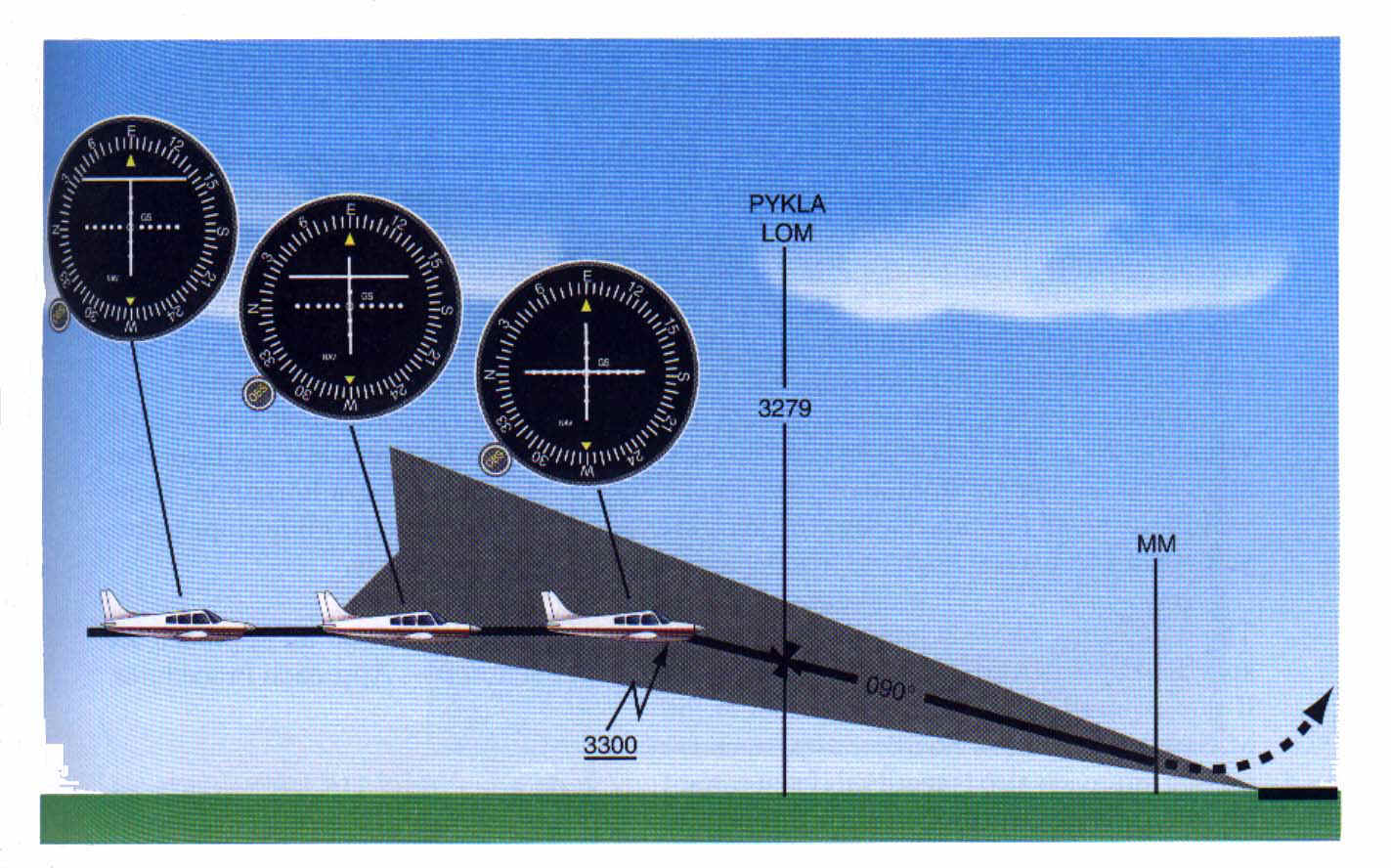

In general, neither the Navaid nor the Localizer nor the Glidepath will have a name. The Navaid shall carry the same designator as the Localizer. If yes, it shall be identical to the designator of the localizer. In general, the Glidepath will not have a value for the designator attribute.

The Localizer will have a designator coded. The coding guidelines provided here are aligned with forward/backward conversion rules contained in the AIXM-541 Change Proposal. Where only one locator is used as a supplement to the ILS, preference should be given to location at the site of the outer marker beacon.Ī change proposal ( AIXM-541) for the next AIXM 5.2 version has been approved by the AIXM Change Control Board, where a dditional courseQuality, integrityLevel and signalPerformance attributes are replicated from Navaid into the Localizer and Glidepath classes. They should be located at the sites of the outer and middle marker beacons. For general PANS-AIM requirements valid for all kind of Radio navigation aids, see topic Navaid and subordinated pages.Īccording to ICAO Annex 10, Volume I, the ILS shall comprise the following basic components:Ī) VHF localizer equipment (for horizontal guidance),ī) UHF glide path equipment (for vertical guidance),Ĭ) VHF marker beacons, or distance measuring equipment (DME) (for range information).Ī standalone instrument approach installation without an associated glidepath is a Localizer system (also called Localizer only or Localizer without GP, etc.)Īlso locators (NDB) may be used as a supplement to the ILS/localizer system. By pushing the "BC" button, you're telling the autopilot to track inbound on the back course, which will avoid you making an inadvertent and potentially dangerous outbound turn.This topic contains only those PANS-AIM requirements, which are relevant for an Instrument Landing System (ILS) and a Localizer only system. If you've engaged NAV mode, it will intercept and fly the course you've set. The autopilot doesn't know that you're flying a back course approach. If ATC clears you to track inbound on the localizer and you click "NAV" mode on the autopilot, the autopilot will turn the wrong way, outbound! Your CDI needle will thus point away from the runway. If you're flying with an HSI, you should have tuned the front course for the localizer to avoid reverse sensing. By pushing this button, you're telling the autopilot to turn inbound on the back course instead of outbound. When you fly an autopilot-coupled LOC BC approach, ALWAYS push the "back course button" if there's one installed for your autopilot system. Disregard all glide slope signal indications when making a localizer back course approach unless a glide slope is specified on the approach and landing chart." Using An Autopilot? PUSH THE "BACK COURSE BUTTON" The FAA offers a warning about flying back course approaches: "False glide slope signals may exist in the area of the localizer back course approach which can cause the glide slope flag alarm to disappear and present unreliable glide slope information.

You need to turn right (fly away from the needle) to get back on course for this localizer back course approach. In the image below, and CDI is set up for the Localizer Back Course approach to runway 17R in KGFK (174 degree final approach course). If you're in this situation, try saying out loud "fly away from the needle." When you're established on the LOC BC approach, you will always "reverse sense" using a CDI with OBS. However, it's easier for many pilots to dial the final approach course with the OBS to remember which general direction they're flying the approach. It doesn't matter whether you select the front course or the back course with the OBS knob (in the image below, 174 degrees or 354 degrees, or any OBS setting for that matter), the needle will work the same. This 'flying away from the needle' is also required when flying outbound on the front course of the localizer." According to the AIM, "when flying inbound on the back course it is necessary to steer the aircraft in the direction opposite the needle deflection when making corrections from off-course to on-course.
Ils localizer how to#
How To Set Up A "LOC BC" (Without HSI)įor pilots flying a LOC BC approach using a course deviation indicator (CDI) with an omni bearing selector (OBS), you must pay close attention to "reverse sensing" associated with the back course. As stated in the FAA's AIM, "do not use back course signals for approach unless a back course approach procedure is published for that particular runway and the approach is authorized by ATC." If an approach isn't published, you're putting yourself at risk for losing safe separation with terrain and obstacles. Keep in mind, just because a back course exists, doesn't mean you should use it.


 0 kommentar(er)
0 kommentar(er)
